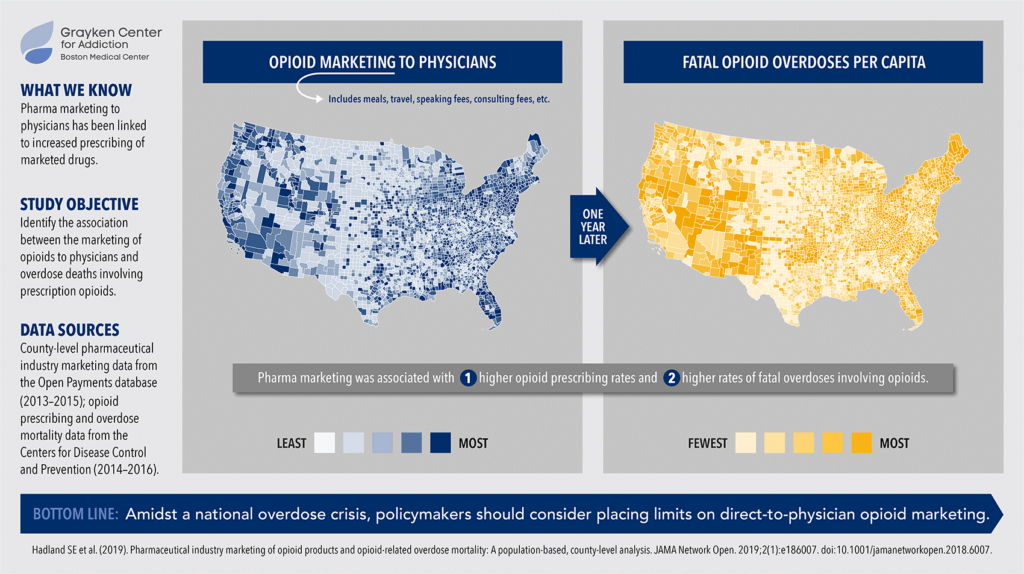Forging an Epidemic in America
With the accidents and victims piling up, one would ask themselves why take opiate drugs at all – and where is the research on other viable integrative interventions that are non-invasive? A report in January of 2017 peaked my curiosity as I realized that a lack of funding, a lack of interest, and plain ignorance were at the basis of the limited research being done on alternatives to pain medications… but even more furtive is the bottom line: Drugs make money and money is what fuels drug research. It’s awful. You will never hear a word about curing people of their pain only how much money X and Y company are making from the successful sales of their pills.
Microcurrent and Pulsed Electro Magnetic Fields are scientific, cost effective, and proven ways to reduce pain, and you have to ask yourself: When a year’s prescription of morphine typically costs $5,000, and the cost of side effects adding to the total, why is it that they would never consider these options? In fact, some doctors do offer alternatives, but they’ll only consider an invasive spinal implant or any other form of electrical stimulation to wean people off their opiates, otherwise they’ll stay with the drugs, even if the electrical stimulation is better.
You are wondering why this is – right?
One reason might simply be elimination of the competition. The initial studies into Electrical Stimulation funded by St. Jude Medical were bought out by pharmaceutical giant Abbott, who was in cahoots with Purdue, makers of Oxycontin. So perhaps it’s simply a case of anything other than their product representing competition. You can follow the money on this one.
Abbott went to great lengths to persuade physicians to prescribe the opioid painkiller Oxycontin in the early years of its availability (according to a report by STAT News). The news organization obtained records from a case brought by the state of West Virginia against Abbott and Oxycontin developer Purdue Pharma LP, alleging that they inappropriately marketed the drug. Purdue paid $10 million in 2004 to settle the case. Neither company, which had agreed to co-promote Oxycontin, admitted wrongdoing.
There have been previous lawsuits against the company as well, including one multi-state federal suit in 2007 settled for $600 million as part of a plea deal. The federal accusation was “misleading and defrauding physicians and consumers,” referring to how addictive Oxycontin is – still no wrongdoing. It appears it’s easier to pay off the damage caused to families, than to stop doing wrong before you start. Oxycontin brings in over 3 billion dollars a year in profit, so what’s 600 million to pay a problem to go away.
Do we blame the doctors?
What role do Doctors play in prescribing oxycontin over any other painkillers? The fact is that doctors had the crucial misconception that Oxycontin was weaker than morphine, leading them to prescribe Oxycontin much more often, even as a substitute for Tylenol. They believed what the professionals told them.
In truth Opioids are a class of pharmaceuticals that include prescription painkillers like Oxycontin as well as illicit drugs like heroin and fentanyl. As many of us are aware, Opioids are at the root of an ongoing health pandemic.
In 2017, over 47,600 opioid-linked drug fatalities occurred in the United States. More than the number of deaths linked to breast cancer — according to the Centers for Disease Control and Prevention.
The opioid crisis has raised significant concern about prescription painkillers. Between 1999 and 2009, overdoses from such drugs rose about 13% annually, though the increase has since slowed to 3% per year.
Sales of Oxycontin, which is a long-acting version of the drug Oxycodone that was designed to deliver medicine over 12 hours, grew rapidly after it hit the market in 1996.
The family that owns Purdue Pharma is one of America’s richest, with a fortune conservatively estimated at over $14 Billion Dollars. The Sacklers and members of their company, Purdue Pharma, have been named in a lawsuit which accuses them of profiting from the opioid crisis by aggressively marketing Oxycontin. Claims denied by attorneys for the family and Purdue. This latest news dates from the 29th of January 2019, so it is still fresh. This shows damage is still being done, despite these previous suits. Chances are this case will settle as well.
The Sacklers were behind Purdue’s decision to deceive doctors and patients. According to the legal records, “In 1997, Richard Sackler, Kathe Sackler, and other Purdue executives determined — and recorded in secret internal correspondence — that doctors had the crucial misconception that Oxycontin was weaker than morphine, which led them to prescribe Oxycontin much more often”. With so much money at stake, it’s no wonder business investors are not interested in microcurrent technology. It just doesn’t make any money to heal people’s problems. If they got better, they wouldn’t need more drugs!

We have to stay on our toes
I have witnessed myself how pharmaceutical sales reps are. If they want to keep their jobs, they might bring in food at lunch time to seduce the clinical staff, offer to pay for dinner for the Doctors, anything to get the medical teams on board with their drug. As they do everything necessary to make a buck, they’re paving the way for more misguidance, unneeded pain, and sometimes even death.

The doughnut ploy, highlighted in a trove of internal documents obtained by STAT, shows the lengths to which Abbott went to hook in doctors and make Oxycontin a billion-dollar blockbuster. The sales force bought takeout dinners for doctors and met them at bookstores to pay for their purchases. In memos, the sales team referred to the marketing of the drug as a “crusade,” and their boss called himself the “King of Pain”: the only question is was he referring to causing it, or getting rid of it?
How can we compete with that or do we want to?
A Final Note
Microcurrent technology and the Hache Protocol has the power to give people back their lives, it’s a real alternative to drugs for Chronic Pain – WE give people the power to control their own health.
Curiously, microcurrent technology does exist in some levels on the pharmaceutical market – when I was first approached with this I thought that it was too good to be true… and I was right. This pharmaceutical microcurrent equipment has been monetized, just like drugs. As soon as it received its approval from the FDA 30 day time cards became available for purchase at the pharmacy, without them you can’t dose yourself with the device. Yes, that’s right. Once you’ve purchased the machine, you must pay another $7200 US dollars a year in time cards to be able to treat yourself daily. This is the greed of the industry – as drugs begin to fade other treatments must make up the deficit… and as always it’s the patients that suffer.





